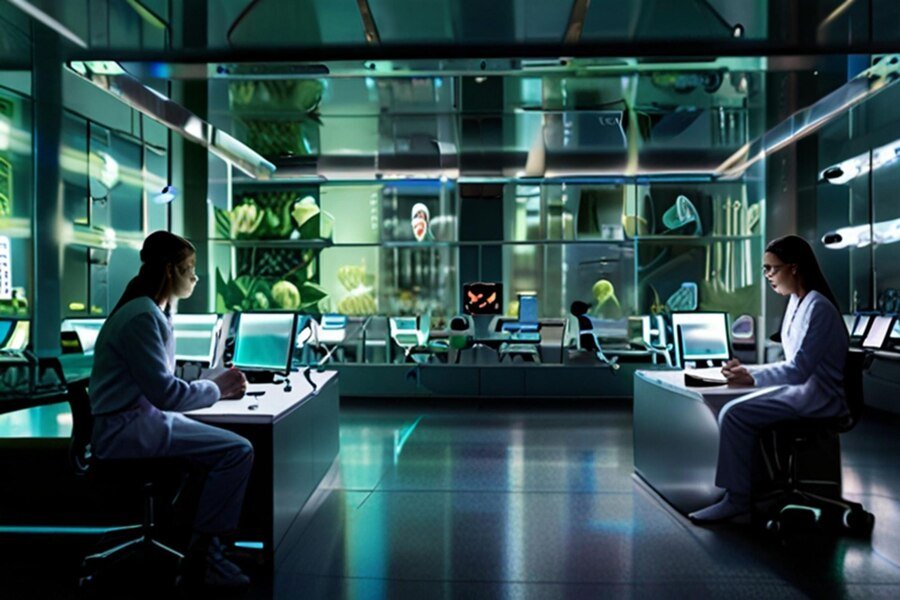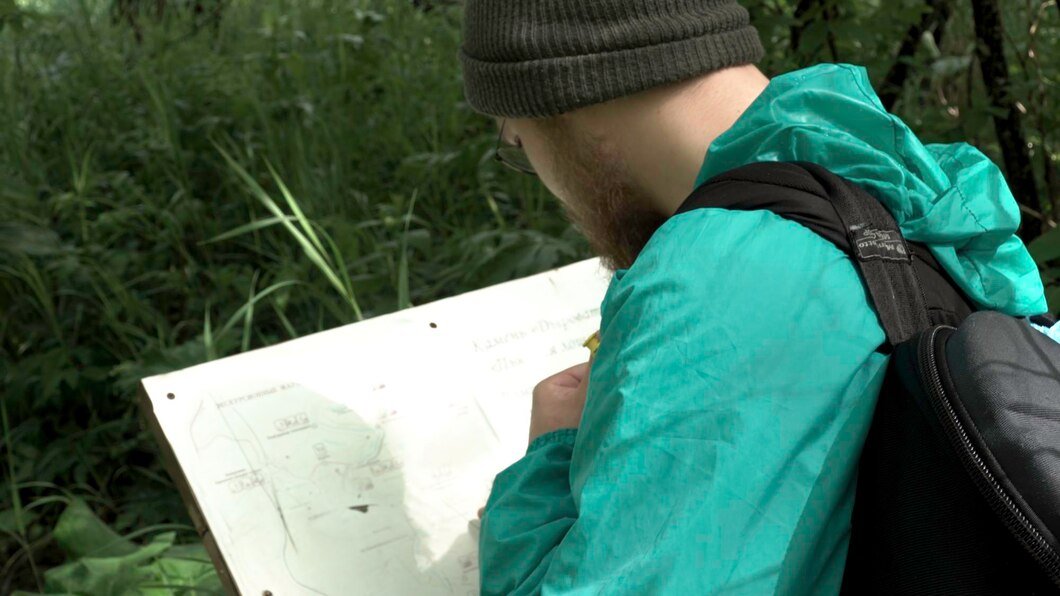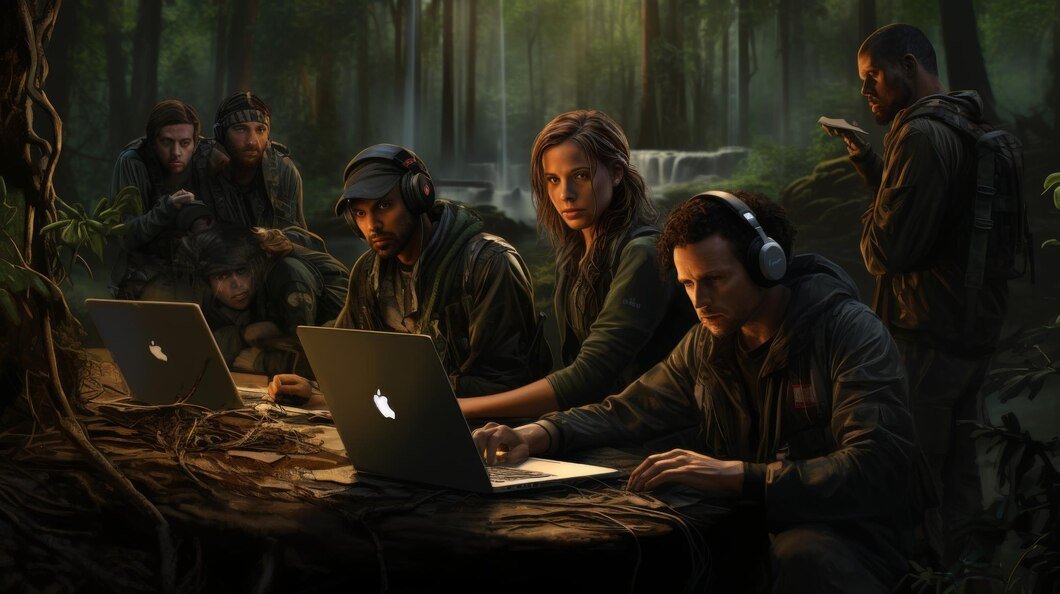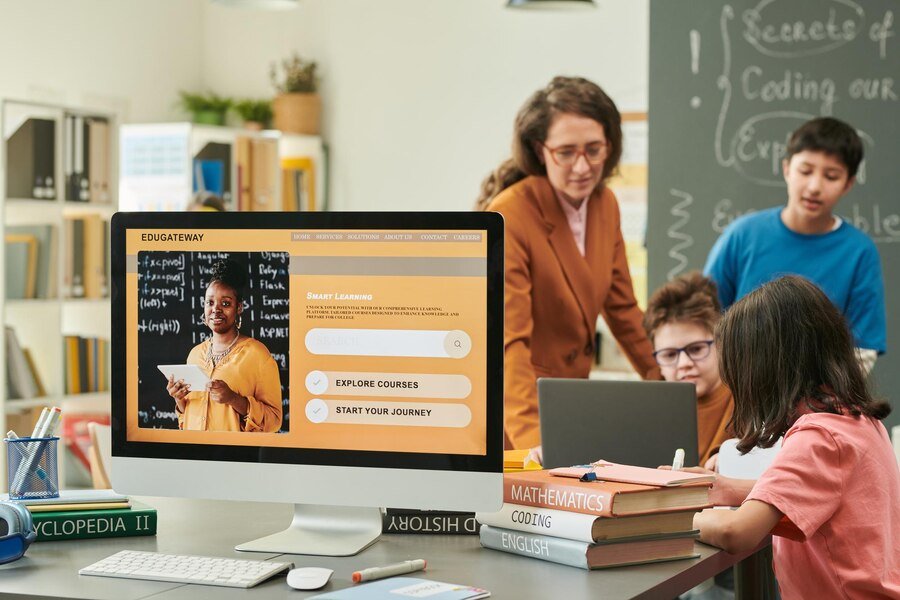In the realm of strategic planning and decision-making, the concept of a “backcasting room” has emerged as a powerful tool for organizations and teams seeking to create sustainable and impactful futures. Unlike traditional forecasting methods that project future trends based on past data, backcasting starts with a clear vision of the desired outcome and works backward to identify the necessary steps to achieve it. This innovative approach allows organizations to think creatively, challenge assumptions, and design actionable strategies to reach their goals. In this article, we will explore the principles of backcasting, its significance in strategic planning, and how to create an effective backcasting room.
Understanding Backcasting
Backcasting is a planning method that focuses on defining a specific future scenario or goal and then working backward to outline the steps needed to achieve that vision. This method contrasts with forecasting, which relies on extrapolating current trends to predict future outcomes. By starting with a clear vision of what success looks like, teams can identify potential obstacles and opportunities, ensuring a more comprehensive and realistic planning process.
The backcasting process typically involves several stages: defining the desired future state, analyzing the current situation, identifying gaps, and formulating strategies to bridge those gaps. This systematic approach encourages teams to think critically about their goals and the actions required to realize them, fostering a proactive mindset that is essential for effective strategic planning.
The Importance of a Backcasting Room
A backcasting room is a dedicated space designed to facilitate the backcasting process. It serves as a collaborative environment where teams can come together to brainstorm, strategize, and visualize their desired future. Creating a backcasting room is essential for several reasons:
- Encourages Collaboration: The backcasting room fosters teamwork and collaboration, allowing diverse perspectives to be shared and integrated into the planning process. By bringing together individuals from various departments or areas of expertise, organizations can generate innovative ideas and solutions.
- Enhances Creativity: The physical space of a backcasting room can be designed to inspire creativity and open-minded thinking. With tools like whiteboards, sticky notes, and visual aids, teams can explore different scenarios, draw connections, and challenge conventional thinking.
- Focuses on Future Goals: A backcasting room provides a dedicated space to focus solely on long-term goals. By removing distractions and encouraging participants to think about the future, organizations can cultivate a forward-thinking mindset that prioritizes strategic planning.
- Visualizes the Path Forward: The use of visual aids and tools in the backcasting room allows teams to map out their desired future and the steps needed to achieve it. This visualization makes it easier to identify gaps, potential roadblocks, and key milestones.
Designing an Effective Backcasting Room
Creating a successful backcasting room requires careful consideration of its layout, tools, and resources. Here are key elements to include:
- Flexible Layout: The room should be designed to accommodate different group sizes and activities. Consider movable furniture that can be rearranged for brainstorming sessions, discussions, or presentations. A combination of seating options—such as chairs, couches, and standing tables—encourages comfort and creativity.
- Visual Tools: Incorporate visual aids like whiteboards, chalkboards, or large sheets of paper where teams can brainstorm ideas and visualize their goals. Markers, sticky notes, and pins should be readily available to facilitate collaborative thinking.
- Technology Integration: Equip the backcasting room with the necessary technology, such as projectors, screens, and video conferencing tools. This ensures that remote team members can participate in the process and contribute to discussions.
- Inspirational Decor: Enhance the environment with artwork, quotes, or images that inspire creativity and forward-thinking. A visually appealing space can set the tone for productive discussions and encourage a positive mindset.
- Resource Library: Include a small library or resource area with books, articles, and materials related to strategic planning, innovation, and backcasting. This provides participants with valuable references to inform their discussions and ideas.
Implementing the Backcasting Process
Once the backcasting room is established, teams can begin the backcasting process. Here’s a step-by-step guide:
- Define the Desired Future: Gather the team to articulate a clear and compelling vision of the desired future state. This vision should be specific, measurable, and inspiring, providing a target for the backcasting process.
- Analyze the Current Situation: Conduct a thorough analysis of the current state of the organization. Identify strengths, weaknesses, opportunities, and threats (SWOT analysis) to gain a comprehensive understanding of where the organization stands.
- Identify Gaps: With the desired future and current situation in mind, identify the gaps that need to be addressed. This involves determining what is missing or what needs to change to reach the envisioned future.
- Develop Strategies: Brainstorm and formulate actionable strategies to bridge the identified gaps. Encourage creativity and open-mindedness during this stage, allowing for innovative solutions to emerge.
- Create an Action Plan: Outline a clear action plan that details the steps required to implement the strategies. Assign responsibilities, set timelines, and establish metrics for measuring progress.
- Review and Revise: Regularly review the progress of the action plan and adjust as necessary. The backcasting process is iterative, allowing teams to adapt to changing circumstances and new information.
Benefits of Backcasting in Strategic Planning
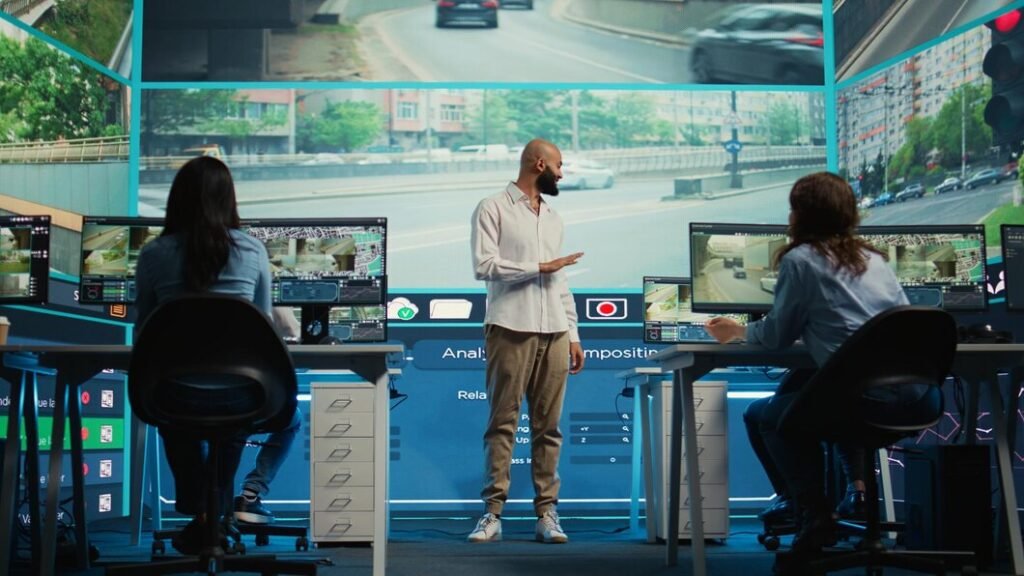
The backcasting approach offers numerous benefits that can enhance the effectiveness of strategic planning:
- Future-Focused Thinking: By starting with the desired outcome, teams are encouraged to think beyond current limitations and explore innovative solutions. This future-focused mindset fosters a culture of creativity and adaptability.
- Comprehensive Planning: Backcasting encourages a holistic view of the planning process, considering potential obstacles, opportunities, and the interconnectedness of various factors. This comprehensive approach leads to more robust and realistic strategies.
- Enhanced Accountability: With clearly defined goals and action plans, team members can take ownership of their responsibilities. This accountability fosters a sense of commitment and motivation to achieve the desired outcomes.
- Alignment of Vision and Actions: Backcasting ensures that all actions taken align with the organization’s vision. This alignment helps prevent miscommunication and ensures that everyone is working toward a common goal.
- Informed Decision-Making: The backcasting process encourages data-driven decision-making by analyzing current trends, potential scenarios, and the implications of various choices. This informed approach leads to more effective and strategic outcomes.
Conclusion
The backcasting room is a powerful concept that redefines how organizations approach strategic planning. By focusing on the desired future and working backward to create actionable strategies, teams can foster a culture of innovation, collaboration, and accountability. Designing an effective backcasting room and implementing the backcasting process can significantly enhance an organization’s ability to navigate uncertainty and achieve long-term success. As the business landscape continues to evolve, the importance of forward-thinking and proactive planning cannot be overstated. Embracing backcasting as a strategic tool can empower organizations to create a sustainable and impactful future.







